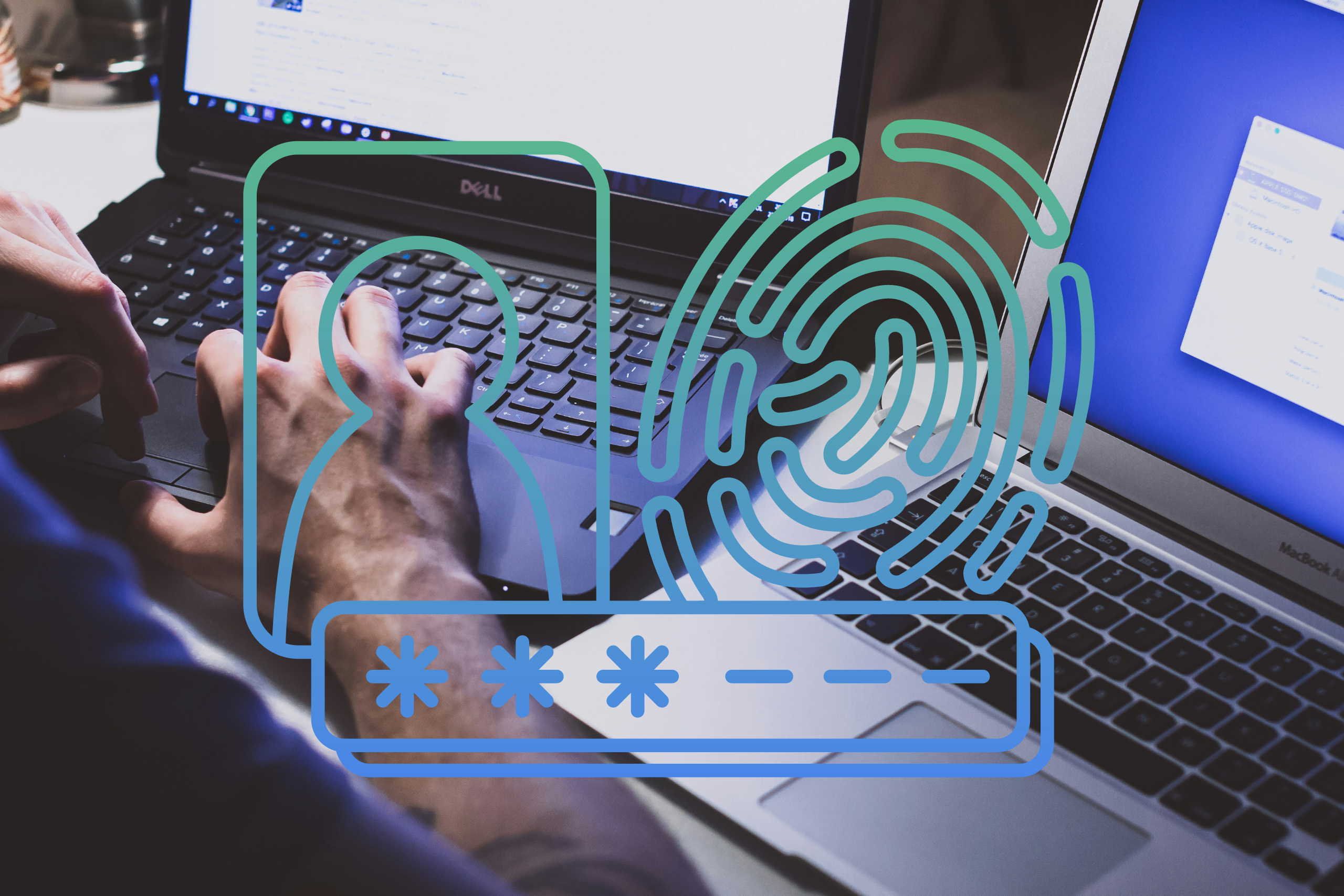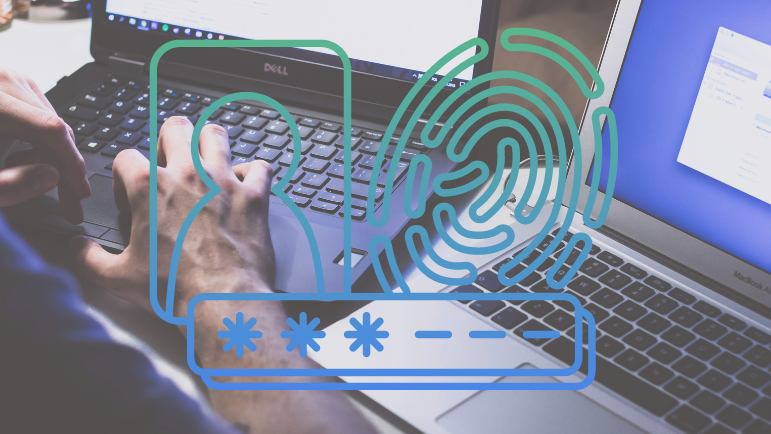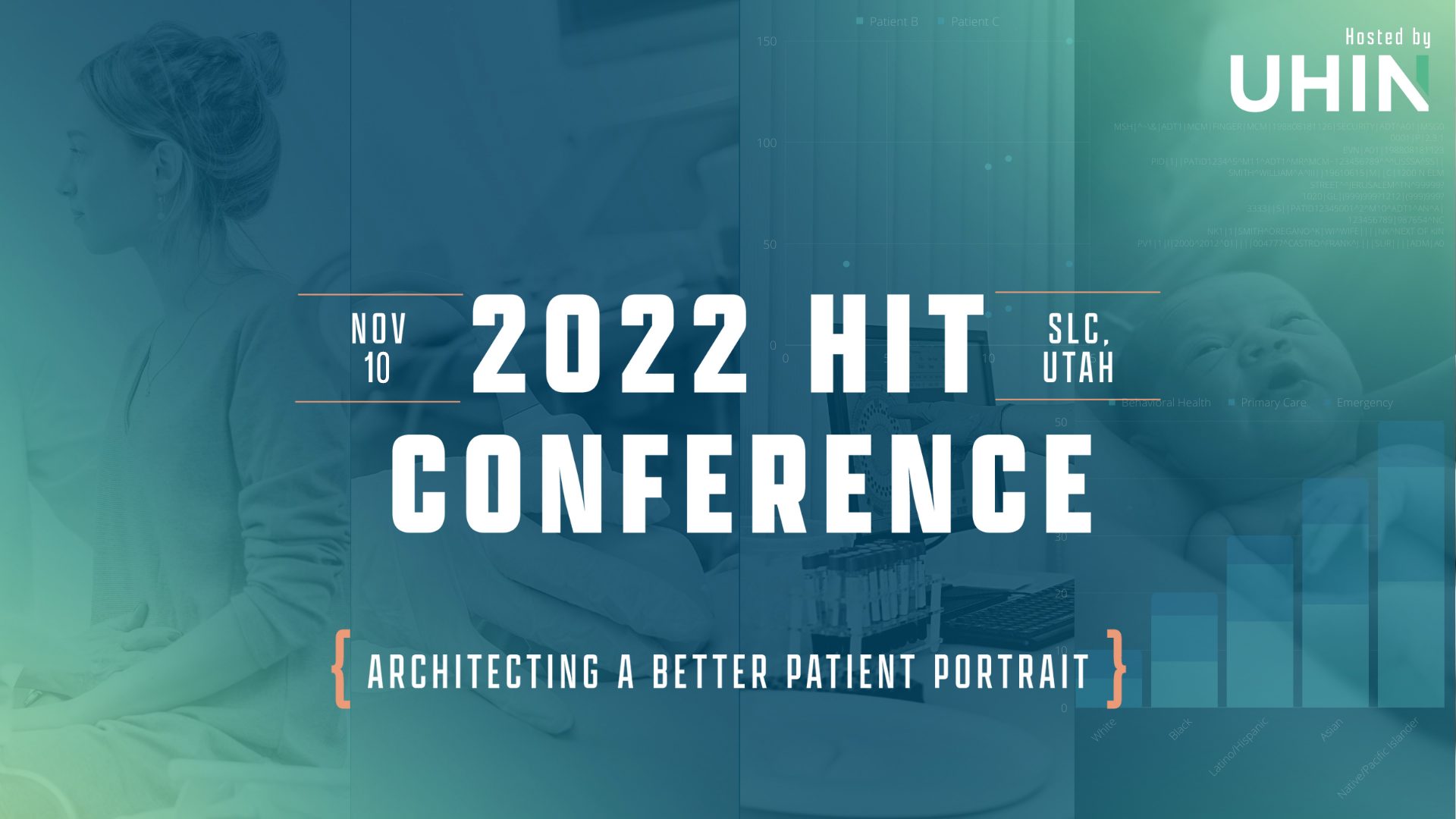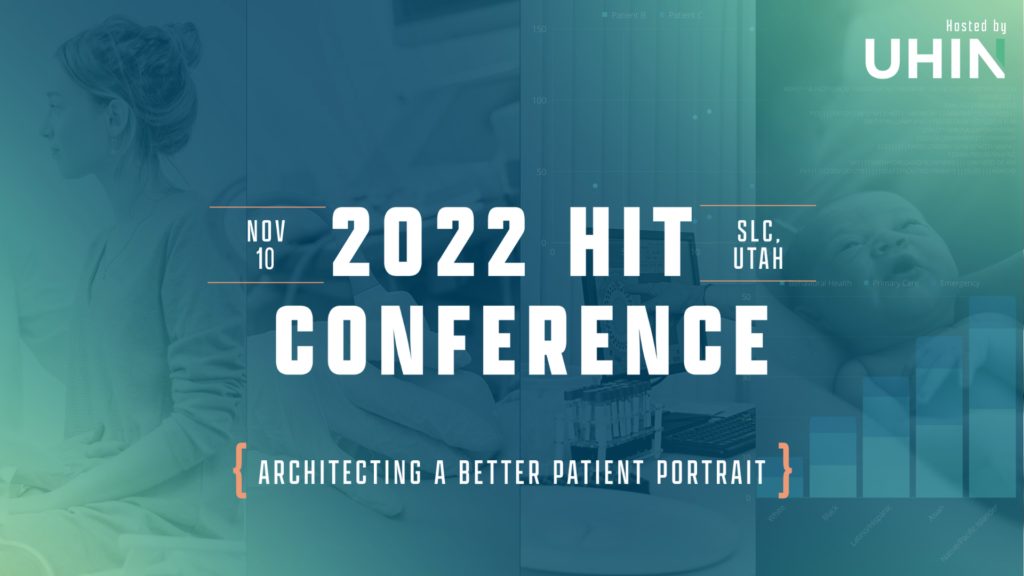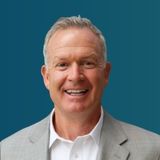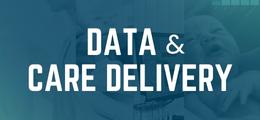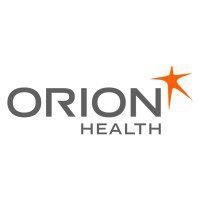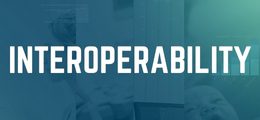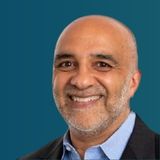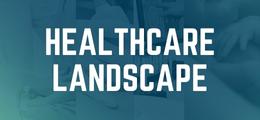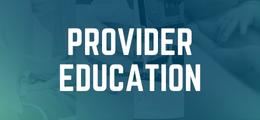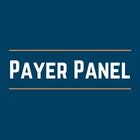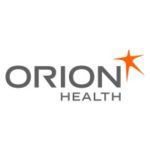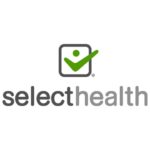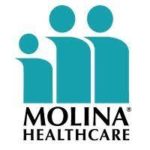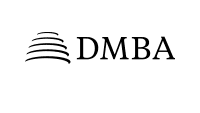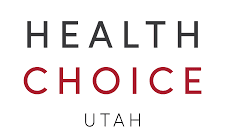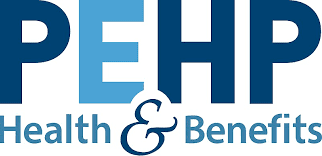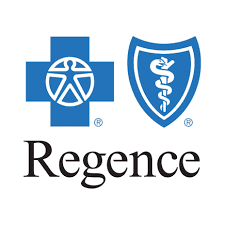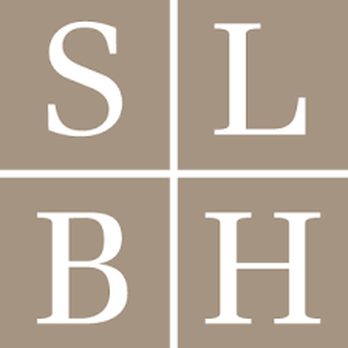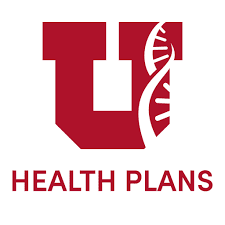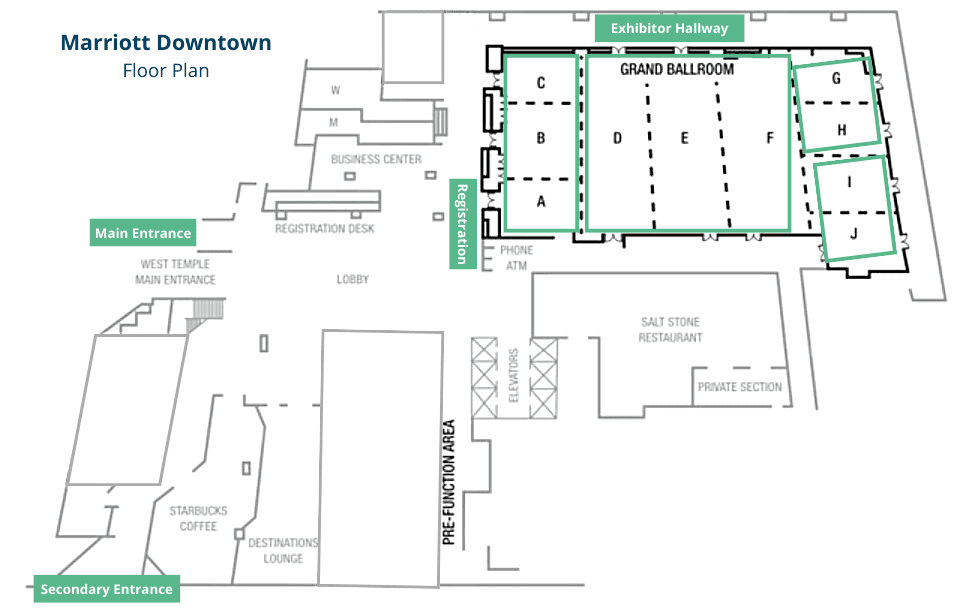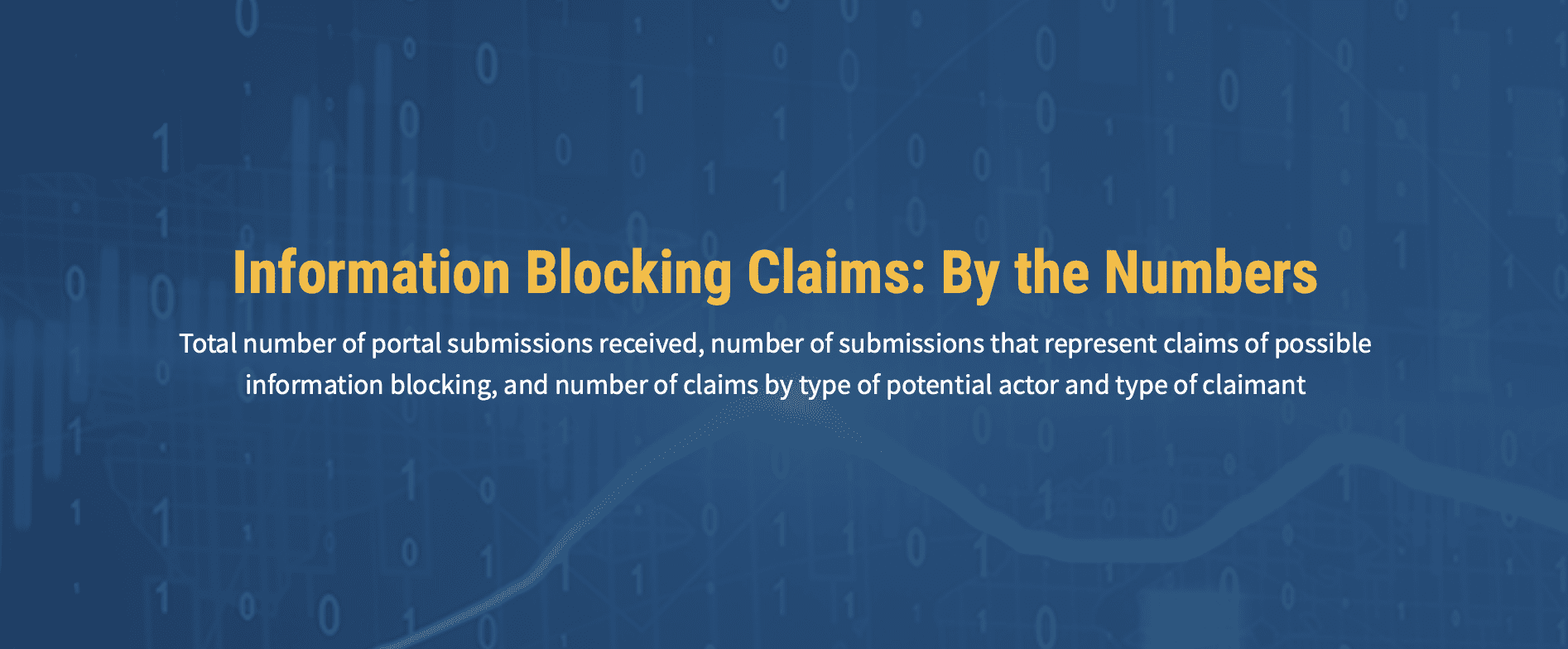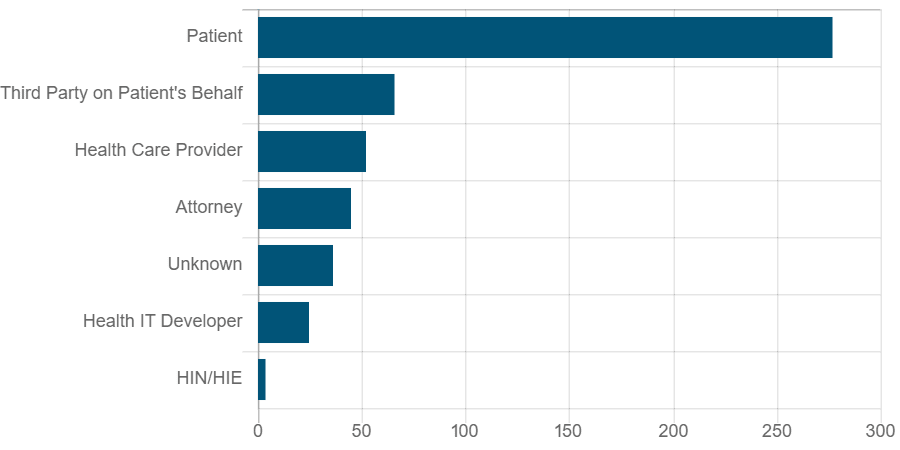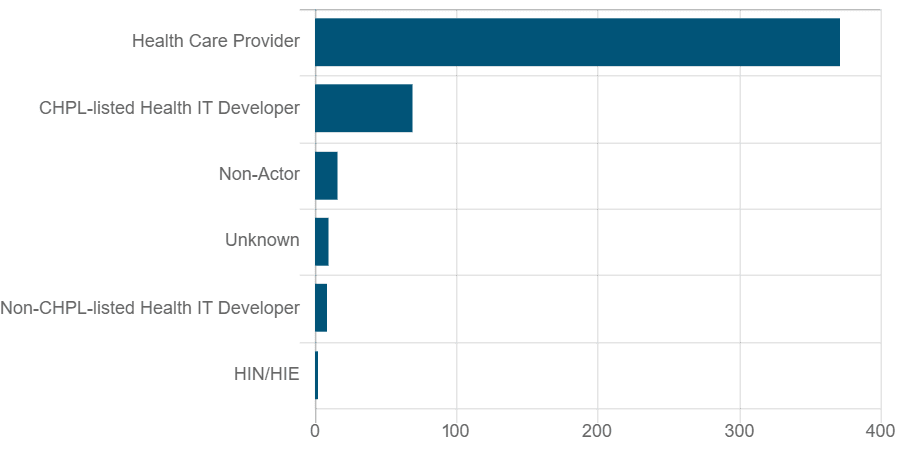
As the CTO of UHIN, I’ve seen firsthand the challenges and frustrations of trying to achieve seamless interoperability. Data silos, incompatible formats, and outdated standards have long hindered our ability to share information effectively. But HL7® FHIR® (Fast Healthcare Interoperability Resources) offers a glimmer of hope, a path toward a more connected and efficient healthcare ecosystem.
Understanding FHIR: A Paradigm Shift
FHIR represents a paradigm shift in healthcare data exchange. Unlike older standards like HL7 v2, which often resemble complex, rigid blueprints, FHIR is akin to a set of modular building blocks. These blocks, called “resources,” represent discrete units of healthcare information – a patient record, a medication order, a lab result, and so on.
The true power of FHIR lies in its flexibility. Resources can be combined and exchanged in various ways to suit specific needs. Need to share a patient’s medication history with a specialist? FHIR allows you to do that without sending the entire medical record. Want to integrate a new mobile app with your EHR system? FHIR’s web-friendly technologies make it easier than ever.
Dispelling the Myths: FHIR is NOT a Panacea
While FHIR offers immense potential, it’s important to be realistic about its limitations. It’s not a magic wand that will instantly solve all our interoperability woes.
First and foremost, FHIR is a standard, not a solution. It provides a common language for exchanging healthcare data, but it doesn’t address the underlying technical and organizational challenges that often impede interoperability.
Second, FHIR is not a plug-and-play technology. Implementing it requires careful planning, technical expertise, and collaboration among stakeholders. Organizations with legacy systems may face particularly daunting challenges.
Finally, FHIR doesn’t guarantee interoperability. While it facilitates the exchange of data, it doesn’t ensure that the data will be understood and used consistently across different systems. Achieving true interoperability requires not just technical compatibility but also semantic interoperability – the ability to interpret and apply data in a meaningful way.
The Benefits of FHIR: A Catalyst for Innovation
Despite its limitations, FHIR offers significant advantages over older standards. Its flexibility, ease of use, and strong community support make it a powerful catalyst for innovation.
By adopting FHIR, healthcare organizations can:
- Improve data sharing: FHIR enables more granular and tailored data exchange, making it easier to share information with the right people at the right time.
- Accelerate development: FHIR’s web-friendly technologies lower the barrier to entry for developers, potentially leading to faster innovation.
For example, UHIN’s Clinical Health Information Exchange (the CHIE) is currently migrating to a new FHIR-enabled platform. Built on a highly scalable architecture, the platform allows for more efficient and secure sharing of data across enterprises.
The Road Ahead: A Strategic Approach to FHIR Adoption
To reap the full benefits of FHIR, healthcare organizations need to adopt a strategic approach. This involves:
- Developing a clear roadmap: Start by defining your interoperability goals and identifying specific use cases where FHIR can add value. Transitioning totally functional workflows from older specifications to FHIR, just for the sake of using a more modern data structure, won’t create new healthcare outcomes on its own. We need to use FHIR when it’s appropriate and when it will provide the most advantage to our interoperability goals.
- Building a strong foundation: Invest in the necessary infrastructure, tools, and expertise to support FHIR implementation.
- Collaborating with stakeholders: Engage with vendors, partners, and other stakeholders to ensure that FHIR implementations are aligned and interoperable.
- Focusing on education and training: Ensure that your team has the knowledge and skills to work with FHIR effectively. While the FHIR structure can lead to an easier onboarding of software engineers, it also increases the complexity of a given use case by having multiple resources required to accomplish the same goal that a single CCDA may have solved previously. HL7 International offers online courses covering the fundamentals (for a price) and educational videos on its YouTube page here.
- Embracing a culture of innovation: Foster a willingness to experiment and adapt as FHIR evolves. Many early adopters of FHIR were burned by the rapid change that occurred from version to version of FHIR. Knowing that there will be maturation of the standard is important to understand before starting an implementation.
Conclusion: The Future of Healthcare Data Exchange is FHIR
FHIR is not a silver bullet, but it is a significant step forward in our quest for interoperability. By embracing FHIR and addressing the challenges it presents, we can unlock a wealth of opportunities to improve healthcare delivery, enhance patient outcomes, and drive innovation.
The future of healthcare data exchange is FHIR. Let’s seize this opportunity to build a more connected and efficient healthcare ecosystem.




